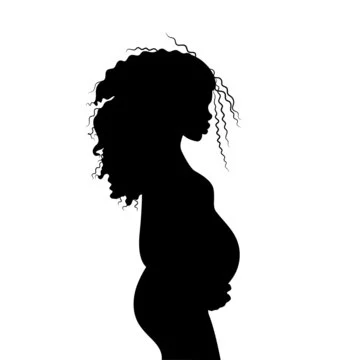Recently, while browsing online, I stumbled upon a headline suggesting a connection between autism and circumcision. I couldn’t help but chuckle. Over the years, I’ve encountered a plethora of theories about what causes autism, including:
- Mercury exposure
- Lead poisoning
- Lack of maternal bonding
- Certain pesticides
- Plastics
- Gluten sensitivity
- A diet rich in strawberries
- Excessive automotive emissions
- Chemicals from non-stick cookware
The notion of poor maternal bonding strikes a personal chord. When my son, Max, was a baby, bonding was a challenge. He cried, whined, and fussed for what felt like an eternity. He began sleeping through the night at six weeks, only to stop by three months. Exhausted, my partner, Sam, and I found ourselves in endless arguments. We were also navigating our first child, Leo, who was a year old at the time. His calm demeanor only highlighted Max’s fussiness.
Now, however, my bond with Max is unbreakable, and guess what? He still has autism.
I’ve come to realize that I know what causes autism. Here it is: Max has autism simply because, as his witty little brother Leo puts it, he was “bornd-ed” with it. I genuinely believe that autism is a genetic condition. Somehow, Sam’s DNA mixed with mine, resulting in a child who thinks Wednesday is orange. Perhaps his unique genetic makeup makes him more sensitive to environmental factors like lead, mercury, and plastic. The strawberry theory, though? Still scratching my head on that one.
At a local café last week, a woman introduced herself and mentioned that her daughter, Ellie, is in Max’s fifth-grade class. As I grabbed my coffee (and yes, a cupcake), she casually mentioned that Ellie defended Max when a classmate called him weird. “She told him he’s exactly the way he’s supposed to be,” she said.
Herein lies my dilemma. If I were to start shouting about autism being an epidemic that needs fixing, I would contradict everything I stand for regarding acceptance and open-mindedness. It would shatter the delicate glass house we’ve built over the years.
Yet, at the same time, this is indeed an epidemic. Future families will welcome children into the world and might appreciate insights on how to navigate this complex spectrum disorder. If autism is linked to automotive exhaust, we might all want to consider switching to electric vehicles.
But, I don’t want to get so lost in the whys and hows that I forget about the who. I truly don’t care where it came from, yet the curiosity lingers. Max’s autism doesn’t matter to me in terms of blame or fault.
There’s nothing inherently wrong with Max. Sure, he can drone on about all the different flavors of gum at the local store for forty-five minutes, but I wouldn’t change a thing about him. I might tweak a thing or two, of course. I embrace autism and all its wonders, even as it brings its own challenges.
Sometimes, I wonder if I should toss out the Tupperware or force him to eat strawberries, even though he can’t stand them. Maybe I should repaint our house to eliminate any chance of lead exposure. Perhaps I should have loved him more deeply when he was that tiny, swaddled baby in my arms.
My feelings about Max’s autism diagnosis are as intricate as a kaleidoscope, shifting with a thousand colors and perspectives. Some days, my doubts whisper softly; other times, they shout loudly in my ear. I may not be a scientist, but I’m a mother, and that experience offers me a unique viewpoint. I understand the rigidity, the obsession, and the challenges that accompany having a child with autism. I see the struggle of being different, the longing for acceptance, and the hope for understanding.
Every day, living with someone on the spectrum means using the phrase “for now” frequently. For now, the radio is tuned to the right station. For now, he’s quiet. For now, he’s safe.
So, for now, I choose to believe that Max’s autism is rooted in genetics. I’ll strive to paint over the stark black and white of science with vibrant colors of understanding and love. Together, we’ll fill in the canvas of autism until a more vivid picture emerges. I envision it as a harmonious blend of science and humanity, adorned with strawberries, playful puppies, and an endless supply of peppermint gum from the store.
In this vision, you’ll find Ellie and Max, along with their friends, thriving in a space that embraces their uniqueness. And if you look closely, you might even spot a beautiful glass house on the horizon, shimmering in the sunlight. Upon its door, you would find an inscription that reads, “He’s exactly the way he’s supposed to be.”
For more insights into parenting and the journey of home insemination, check out this resource or learn more about your fertility journey here. If you’re seeking information on your first IUI, you can find an excellent guide here.
Summary
This piece explores the complex feelings surrounding autism through a personal lens. The author reflects on the challenges of bonding with their son, Max, and the myriad theories about autism’s origins. Ultimately, they conclude that autism is a genetic condition, accepting their child’s uniqueness and advocating for understanding and acceptance in society.
